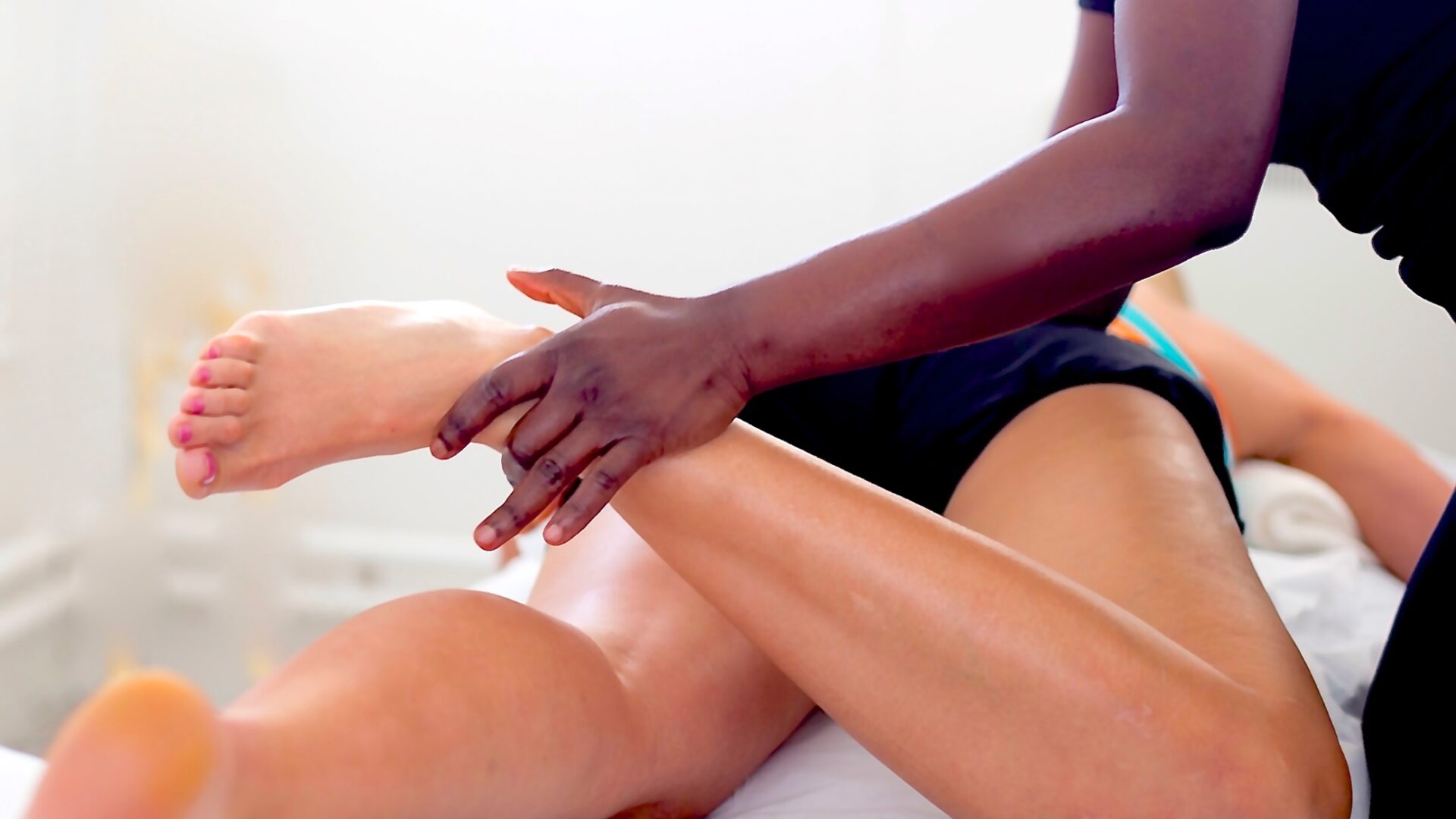Introduction
Remedial massages have been long known for their ability to alleviate muscle soreness and tension, but what many people don’t realize is that these massages can also help to remove lactic acid from the muscles. In this article, we’ll explore the science behind remedial massages and lactic acid removal, so you can understand how these massages can benefit your body.
What is Lactic Acid?
Lactic acid is a substance that is produced by the body during exercise. It is a byproduct of anaerobic metabolism, which occurs when the body needs energy faster than it can produce it through aerobic metabolism. Lactic acid can cause muscle soreness and stiffness, and can make it difficult to move the affected muscle.
How Remedial Massages Help to Remove Lactic Acid
Remedial massages use specific techniques to stimulate blood flow and improve circulation. This increased blood flow helps to remove lactic acid from the muscles, which can alleviate muscle soreness and stiffness. The massage therapist will work on the specific muscle groups that are affected by lactic acid, using deep pressure and stretching techniques to release the lactic acid and promote healing.
The Benefits of Removing Lactic Acid
Removing lactic acid from the muscles can have many benefits. It can help to alleviate muscle soreness and stiffness, improve range of motion, and increase muscle strength. It can also help to prevent muscle strains and injuries and can improve overall athletic performance.
Conclusion
In conclusion, remedial massages are a great way to alleviate muscle soreness and tension, and can also help to remove lactic acid from the muscles. By understanding the science behind lactic acid removal and remedial massages, you can make an informed decision about whether this type of massage is right for you. Whether you’re an athlete looking to improve performance, or simply someone looking to alleviate muscle soreness, remedial massages can be a valuable tool for maintaining your physical well-being.
